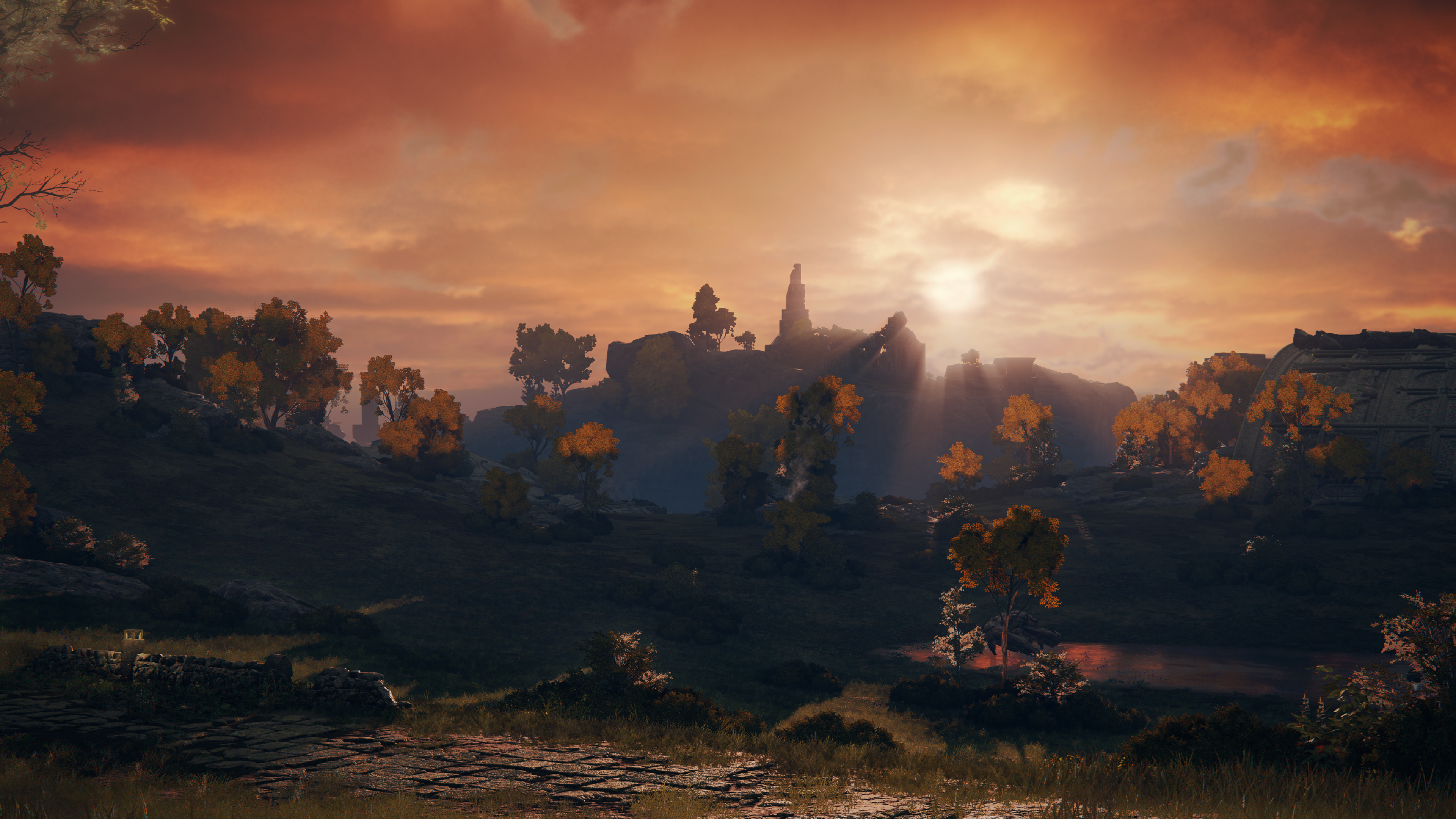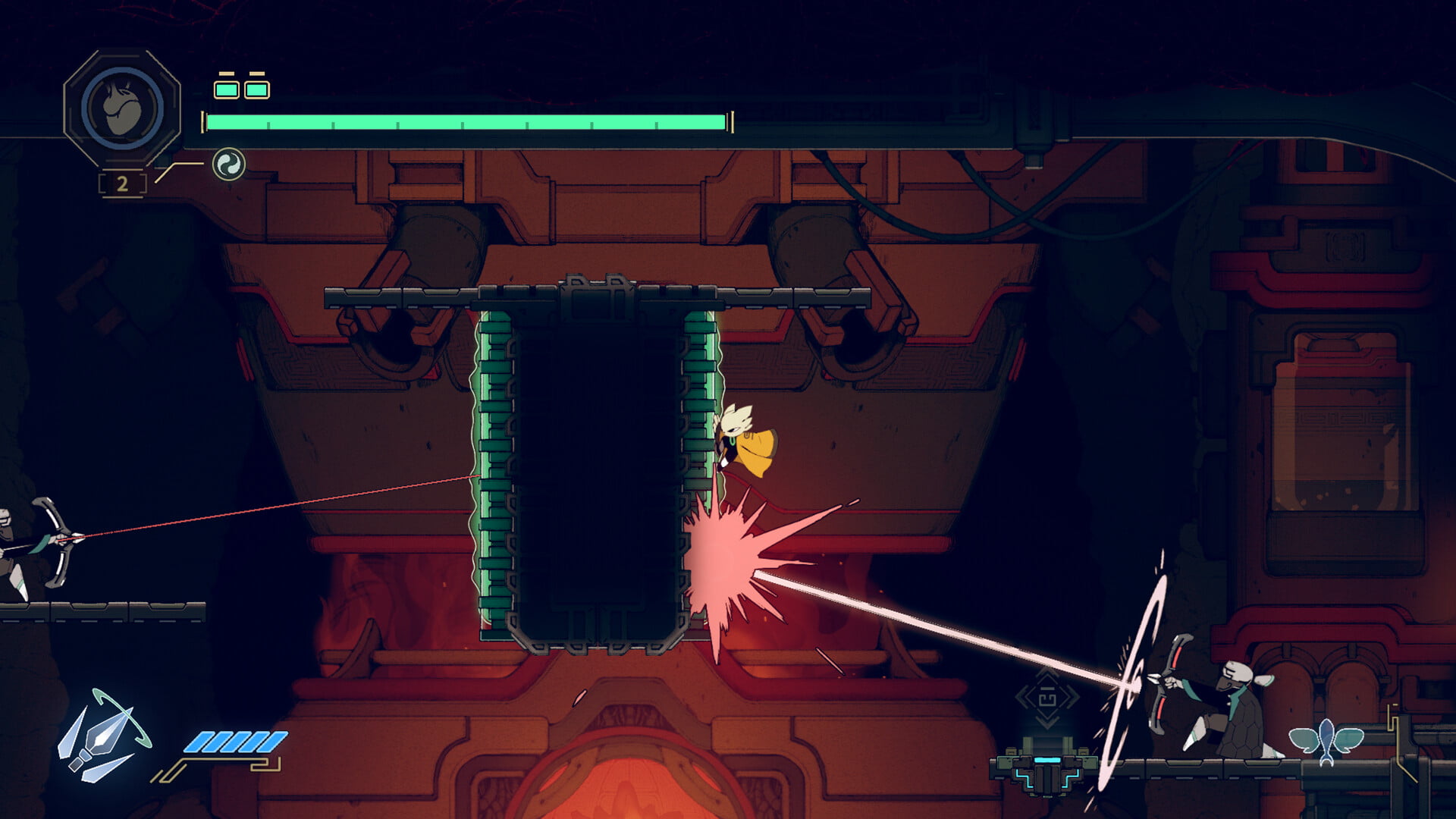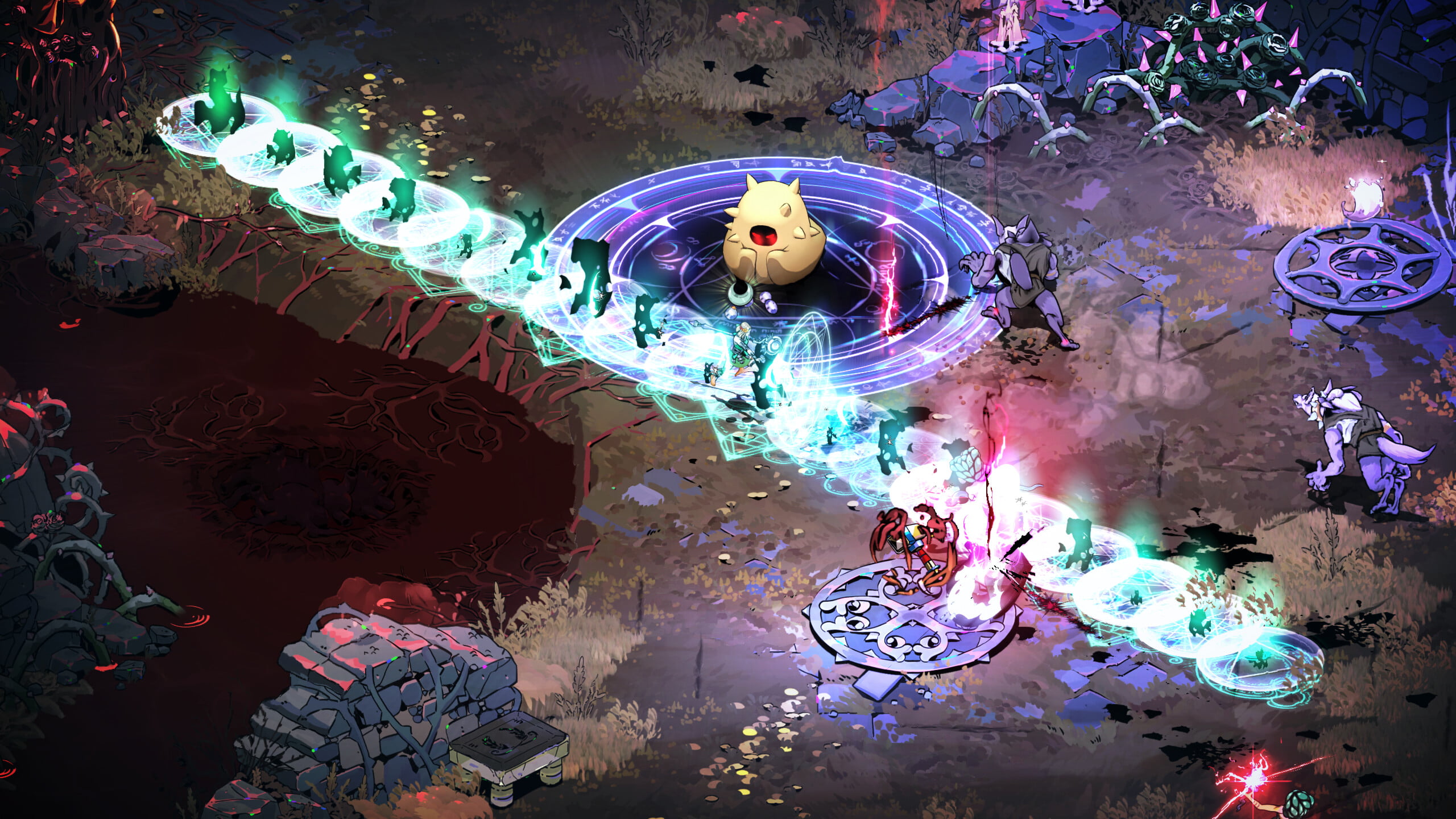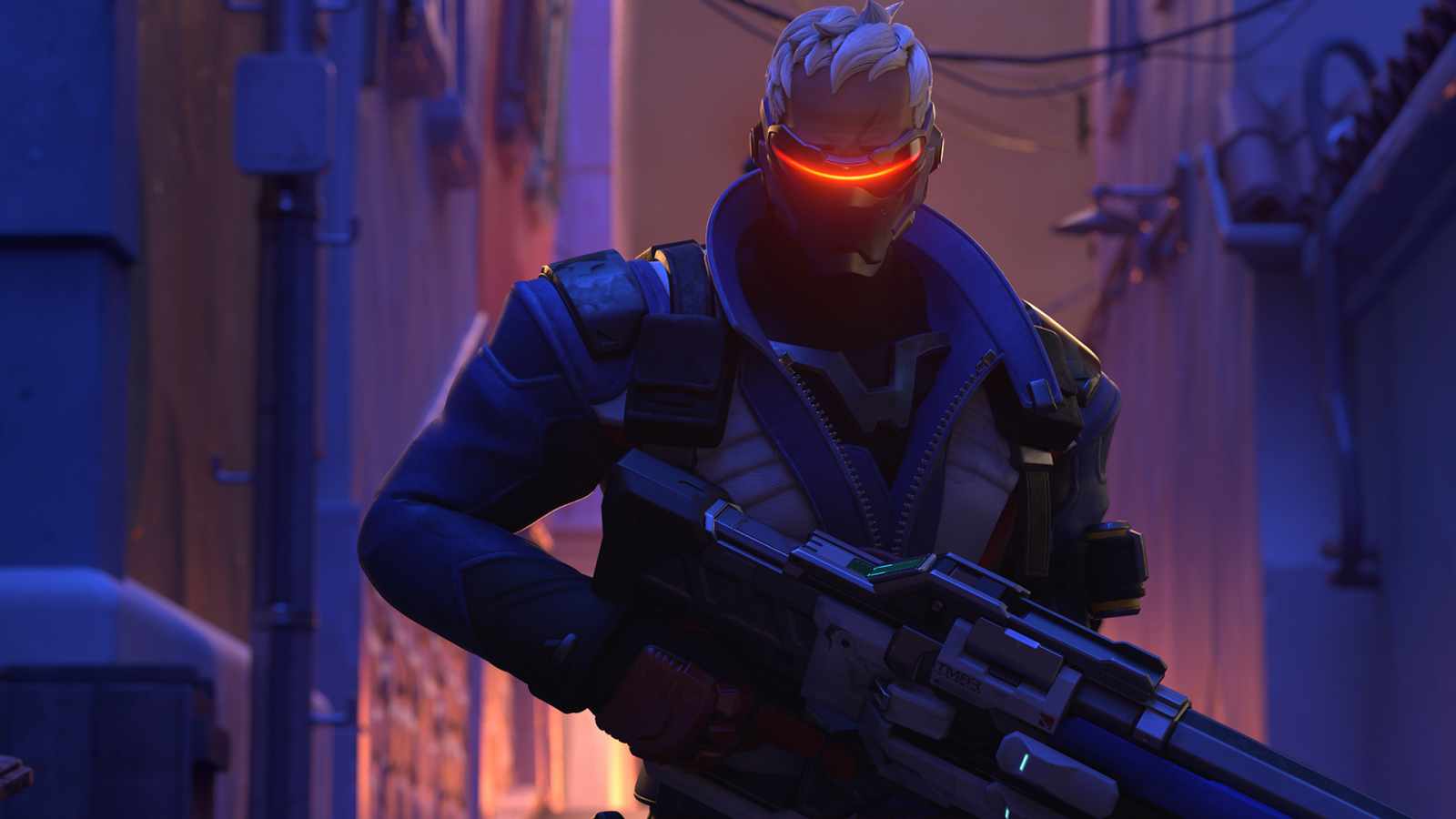It’s been ten years since Entertainium began operation in its current form. Ten years…
If you told me we would still be doing this all these years later when I joined back then, I probably wouldn’t have believed you. Was prepared for this whole endeavor to end the same way most other publications about videogames go: gone with little fanfare after a few years. Figured it’d just be a fun project for a while until interest inevitably died out or life’s demands of us changed. But here we are, still somehow going. It’s been a nice constant to have amid all the uncertainty surrounding the greater world.
Writing about games is tough, but I couldn’t ask for a better group of friends to be doing this with. If I’m going to be shouting into the void writing about videogames, at least I can do it while working with friends. No idea if we’ll be able to keep this going forever, but should the site suddenly vanish one day, I’m glad I was able to do this with you all for so long.
Here’s to another ten years.

10. Elden Ring
In a weaker year, Elden Ring would have been a shoe-in for being my favorite game of the year. From Software doing what they do best – crafting intricately designed worlds and dungeons – but spread over an impossibly large space? You have my attention. I had my fears about how their take on open worlds would work, but the end result is probably one of the better examples of using the open world structure well. These games always thrive on the sense of mystery and discovery they inherently hold and Elden Ring is that on an unprecedented scale. It’s perhaps a bit too long and some of the endgame fights feel like they needed some slight difficulty tweaks, but that it can keep up the sense of wonder and discovery all the way up until the end is a hell of an accomplishment. Maybe it’s time I start another playthrough…
Best moment: The easy answer would be going underground for the first time and realizing the sheer size and scope of the game. The above image is the better answer. A small touching moment I encountered purely by chance.

9. Tunic
After seeing it at multiple E3s over the years, finally being able to play Tunic in full and discover what that game actually is was a delight. I would have enjoyed it just fine as a Zelda-like game starring a cute fox, but the many mysteries it holds and the steadily unfurling of them was fun to watch. I never got too deep into the bigger stuff myself (never been particularly good at that kind of puzzle solving), but watching the discovery process unfold was just as fun.
Best moment: Every time the instruction manual revealed some new mechanic that turned everything on its head.

8. Neon White
One of things I love most in games is good feeling movement. And when said movement lets you move fast and fluidly through a space, even better. Neon White was a good reminder that I really should play more games like this. Replaying levels again and again in pursuit of better times isn’t a mode of play I engage with often, but when I do, it’s always a blast. Finding ways to move through levels faster and more efficiently, barely shaving seconds off your time is immensely satisfying.
The ways Neon White encourages you to keep pushing for faster times, in no small part thanks to it highlighting select shortcuts, makes it tough to just play a level once and move on. I always wanted to try and see just how far I could push it, what little optimizations I could find to achieve as close to the perfect run as I could manage. It helped too that I had a bunch of people on my friend list to compete against, but even without that, the simple pleasures of moving quickly through each stage, taking down demons with pin-point precision were enough to keep me enthralled.
Best moment: First time I found a shortcut that was faster than the one the game guided me toward.

7. Betrayal At Club Low
I could try and write a succinct blurb about why Betrayal At Club Low is great, but I kind of already did that in my review, so:
My first playthrough of Betrayal At Club Low ended in failure after unsuccessfully trying to convince a bartender I knew a thing or two about mixing drinks, at which point I lost my nerve and had to leave. This was after I spent almost 30 minutes trying to get into the club in the first place by trying to sneak in the back door, attempting to use the fire escape, and trying to convince the bouncer I had a pizza to deliver to the DJ (which eventually did work).
My second playthrough was far more eventful – and often successful! – but eventually spun out of control in spectacular fashion. Over the course of an hour, I had taken over for the chef and made a horrible stew, talked the DJ into leaving after revealing the shitty deal his agent had been giving him and then took his place, spinning a tune so poignant it moved the dancefloor to tears; I convinced a security guard I was actually an IT person moonlighting as a pizza delivery guy after failing to knock him unconscious just moments before, got on the good side of a mobster despite having stolen his jacket, and then ultimately failed to make my escape after all was said and done.
It was a wild night.
Best moment: Convincing the security guard I was IT after failing to knock him out. Funniest thing I’ve done in a game all year. Lesser games wouldn’t let you do something like that, but Betrayal At Club Low is good so it does.

6. Unsighted
2022’s 2021 game of the year. I’ve been meaning to write something about Unsighted since I played it way back at the start of the year, but for one reason or another, it hasn’t happened yet. There’s a lot I could say about it – how ever-present timers put it in opposition to traditional metroidvania behaviors, how good every single part of it feels to play, and how satisfying the parry is. It’s a game that constantly floored me with how excellent it is. Maybe I’ll finally find the time to get my thoughts down properly this year.
Best moment: Seeing the timers turn on and realizing just how little time I actually had.

5. Live A Live
The fact that Square Enix decided to remake Live A Live, and did so without screwing up somewhere like they so often do when releasing their older games, is nothing short of remarkable. Originally a SNES game released in 1994, the game never saw release outside Japan. Only through fan translations was the game playable in other languages (shout outs to the people doing such important work). It’s a series of vignettes, each one set in a different time period – ranging from prehistoric times all the way to the far future – and are usually no more than a couple hours in length. It’s genre pastiche by way of the role-playing game form, tackling everything from Kung Fu and westerns to classic sci-fi and even fighting games, and it does so with the utmost love and respect for the genres it adapts.
What makes Live A Live special isn’t simply that it’s doing genre pastiche really well, but how it plays with RPGs as a form. As Jackson Tyler wrote in their review for Paste Magazine, “Live A Live is one of the influential pillars that leads directly into RPGMaker scenes on both sides of the pacific, from which springs an entire thriving subculture of independent RPGs that while tonally incredibly divergent are united in a similar focus on the potential of the RPG as an aesthetic storytelling form.” It is a very important work, and absolutely one you need to play if you have even a passing interest in RPGs.
Best moment: Probably any time Megalomania kicks in as the final boss for each chapter begins. Never stops being the coolest thing. Otherwise, maybe the last two chapters for the way it all comes together.

4. Ghost Song
When I played a demo for this earlier in the year, I was struck by its incredible atmosphere and the fact that it’s a game borrowing heavily and explicitly from Metroid specifically that had combat I was actually enjoying. The experiences I’ve had with metroidvanias that lean more on the Metroid side of the equation often aren’t ones I’m as enthralled with because combat is, at best, something I put up with. Ghost Song‘s combat is one I enjoyed engaging with because it had a great rhythm, because it asked more of you than just trying to find a place to settle in, aim, and shoot.
More importantly, it captures what I loved about Hollow Knight: that feeling of being utterly lost.
In the early hours of Ghost Song, when little of the map was filled out, I never really had an idea of where I should be going. There was an objective marker showing where I needed to get to, sure, but how I was supposed to get there wasn’t clear. The paths I could find often lead to dead ends or obstacles I couldn’t get past yet. I expect most games in the metroidvania space to be pretty clear cut with progression, usually, but Ghost Song is willing to trust the player to find their way. That it eventually leads into letting you tackle any one of the game’s objectives in any order you want only makes it that much better.
Best moment: Finding the run ability way later than I should have because I didn’t explore one area enough.

3. Signalis
Signalis is the first proper survival horror game I’ve played and what an introduction it was. My experiences with horror in videogames have solely been through works like Paratopic and Anatomy – games that forgo the “survival” aspect in favor of pure vibes (and games you should absolutely play if you haven’t). Games where you aren’t pitted against monsters but merely exist in a space and are forced to confront the terrors before you. It’s a particular mode of play that I prefer when it comes to horror because it allows me to just experience the work without worry of the mechanics potentially getting in the way. Just let me soak in the atmosphere and enjoy the story you’ve spun.
Playing Signalis was a much different experience then. Signalis is survival horror by way of the old Resident Evil and Silent Hill games. You have a limited inventory (six slots). Resources are scarce. Combat is often fraught, but sometimes necessary. When I wrote a small post about the game on cohost, I remarked that it was surprising just how much the game’s tension rose from play itself. I was ready for the survival aspects to be something I put up with – an annoyance to endure so I could see the story first hand – rather than something I actually found myself enjoying. The constant tension of making every bullet and medkit count, the stress of weighing whether it’s worth getting rid of an enemy versus just avoiding them every time I needed to cross a hallway was a far more effective mode of play than I expected. I always understood the general appeal of survival horror broadly, but now I get it.
I don’t know if I’m suddenly going to be seeking out more games in this mold specifically, but if nothing else, I’m glad I have a better understanding of it now.
Best moment: This is a huge spoiler and a very fun surprise, so gonna spoiler this via ROT13: Gur snxr bhg raqvat.

2. Museum of Mechanics: Lockpicking
God, what an ingenious idea for a game.
Museum of Mechanics: Lockpicking is a game that recreates a select spread of lockpicking minigames from various games over the years. Its intent is to serve as an easily accessible means of seeing how games have tackled lockpicking over the years, both for developers looking for easy reference material and just anyone who has an interest in the subject. Given the many ways games history is often poorly kept, Museum of Mechanics is an inventive means of creating an archive.
Many of the examples of lockpicking minigames it chose to include were from games I had no experience with or hadn’t even heard of in some cases. The knowledge it imparts on design trends and intent make it easier to understand how lockpicking in games has taken shape over time and place each one in proper context. It’s an incredible game. I hope more people will attempt to tackle other mechanics similarly in the future or for this particular game to become a series even. Either way, I’d love to see the idea continue to be explored.
Best moment: Hard to name one given the nature of the game, but… probably seeing how detailed the analysis on each minigame was. Very insightful stuff.
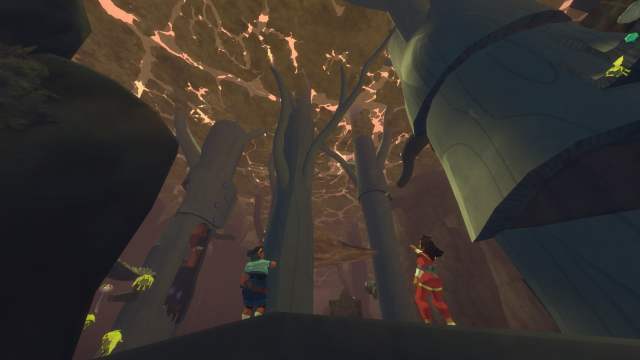
1. Sephonie, Norco, and Citizen Sleeper
When originally planning this ahead of our finalized plans for game of the year, I couldn’t decide between these three games, so… they all occupy this spot. I already wrote something on Norco and Citizen Sleeper in our main game of the year post, so you can check there for some of my thoughts on those two. If I wasn’t under a deadline, I’d try to write something more on both of them here.
Sephonie, however…
Sephonie is one of the best platformers of the year. It starts off a bit rough around the edges (but in a good way) as you get used to piloting the characters around due to the way the game’s dash works and as you adapt to the unusual terrain, but it quickly flourishes into a really smooth and slick platformer. It’s also one of the most touching stories of the year as well. Sephonie follows three biologists – Amy, Ing-wen, and Riyou – on an expedition to a mysterious island called Sephonie. Sephonie is a very particular island, however. It is alive – not in the way any piece of land is home to an ecosystem full of life and wonder – but the island itself is a being all its own. It watches with curiosity and envy the trio of researchers exploring its cavernous depths, drawing on their memories to create dreamscapes born of the places they live and/or grew up in, forcing them to confront their memories and themselves as they all grow closer to one another and to the island itself.
It is a deeply moving story. Grace Benfell writing for Gamepur said it best, I think: “Sephonie is a miracle. It swings between life and death, classic genre convention and thoughtful subversion, the mind-bendingly global and the heartbreakingly personal. It holds its own against giants of science fiction by refusing to be pinned down, floating between genre and tone with the unknowable elegance of flight. It’s tragic and triumphant, a vision of the narrative work games could do without the frivolous constraints that tie them to convention. Like the island itself, Sephonie layers metaphors to build a distant vision of a tragic and hopeful future.”
Best moment: Any time the game dives into the protagonists memories. Sephonie has very strong writing throughout, but those moments are particularly memorable.
Honorable mentions: Bloodborne PSX, Card Shark, Hyper Demon, Venineth, Iron Lung
Games I really need to get back to: Roadwarden, Glitchhikers: The Spaces Between

